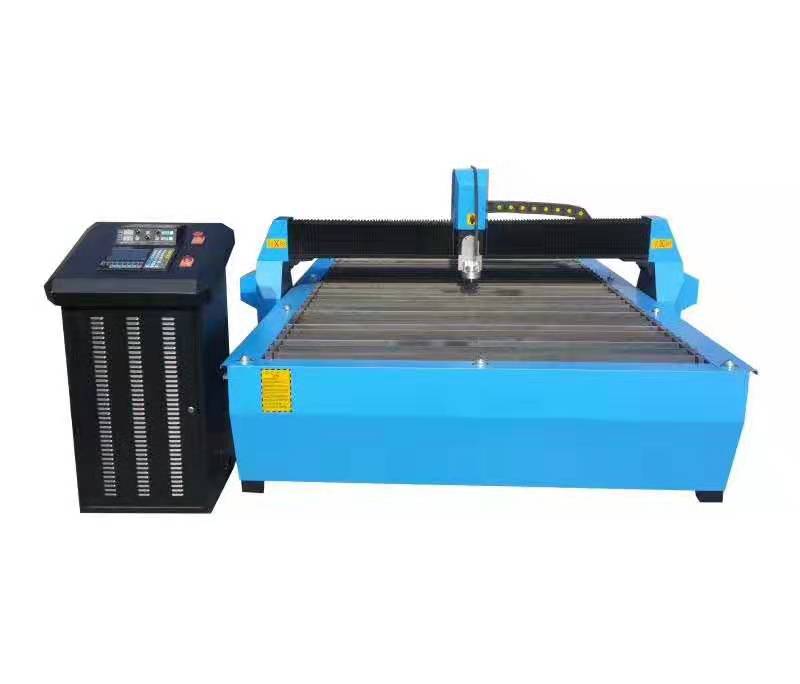Plasma cutting arc on the material cutting surface will form irregular gaps of width, depth and shape due to different cutting process parameter settings, interrupting the uniform cutting surface, and forming dross on the lower edge of the cutting surface. Its main component is oxidation. iron. This is a plasma arc incision problem.

When cutting copper, aluminum and its alloys, the bottom of the cut is not easy to re-melt with the molten metal due to its good thermal conductivity. Although these lumps "hang" under the incision, they are easily removed. We take stainless steel as an example, because the molten metal of stainless steel has poor fluidity, it is not easy to blow off the molten metal from the cut during the cutting process. Stainless steel has poor thermal conductivity, and the bottom of the cut is easily overheated. In this way, the molten metal remaining in the cut is not fused with the lower part of the cut to form a so-called melt knob or slag after cooling and solidification. The toughness of stainless steel is very good. These melting tumors are very tough and cannot be easily removed, which brings great difficulties to machining. Therefore, the removal of stainless steel plasma arc cutting is a more critical issue.
When using the plasma arc cutting process, TW CNC reminds you to take the following steps to remove the melt tumor:
1. Select the appropriate gas flow rate and cutting speed. If the gas flow rate is too small, the blowing force is not enough, and it is easy to produce melting tumors. When other conditions remain unchanged, as the gas flow rate increases, the quality of the incision is improved, and a non-melt incision can be obtained. However, the excessive gas flow causes the plasma arc to be shortened, which makes the melting ability of the plasma arc to the lower part of the workpiece worse, the drag after the slit is increased, and the cut is V-shaped, but it is easy to form a melt tumor.
The quality of the incision is mainly evaluated by the incision width, the incision verticality, the incision surface roughness, the incision depth, the incision at the bottom of the incision, and the hardness and width of the incision heat affected zone. The surface quality of the plasma arc cut is between oxy-acetylene cutting and band saw cutting. When the plate thickness is more than 100mm, a rough cut is often formed because more metal is melted at a lower cutting speed.
The standard for a good cut is: its width should be narrow, the cross section of the cut should be rectangular, the surface of the cut should be smooth, and there should be no slag or hanging slag. The hardness of the cut surface should not hinder the machining after cutting.
2. Ensure the concentricity between the electrode and the nozzle. Poor alignment between the electrode and the nozzle will cause the symmetry of the gas and the arc to be destroyed, so that the plasma arc cannot be compressed well or the arc is blown, the cutting ability is reduced, the asymmetry of the incision is caused, and the number of melt tumors is increased. The double arc prevents the cutting process from proceeding smoothly.
3. Ensure that the plasma arc has sufficient power. The power of the plasma arc is increased, that is, the energy of the plasma arc is increased, and the arc column is elongated, so that the temperature of the molten metal is increased and the fluidity is good during the cutting process. At this time, under the action of the high-speed airflow blowing force, the molten metal is easily blown off. Increasing the power of the arc column can improve the cutting speed and the stability of the cutting process, making it possible to use a larger air flow to enhance the blowing force of the air flow, which is very beneficial to eliminate the incision tumor.